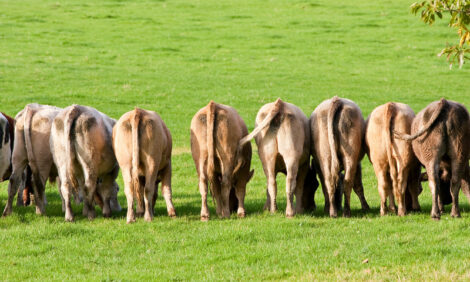



Facial Eczema Risk Eases
AUSTRALIA - Dairy farmers, particularly those in Gippsland, can breathe a sigh of relief, with conditions over the past four weeks showing an easing of risk of facial eczema to cows.Dairy Australia’s Feed2Milk programme leader Dr Steve Little said dairy farmers who had been feeding preventative zinc to their herds could plan to discontinue in the week beginning 7 May.
“The most commonly used approach for preventing facial eczema in milking cows is to include zinc oxide in the grain/concentrate fed in the dairy,” Dr Little said.
Dairy Australia’s facial eczema spore monitoring program shows spore counts have dropped significantly over the past four weeks in virtually all areas of Gippsland, including the worst-affected area of West Gippsland.
The risk of facial eczema is greatest in late summer and autumn when periods of rain or high humidity occur in combination with high night time minimum temperatures.
“The colder night temperatures mean it is unlikely that another period of spore multiplication will occur this season,” he said.
Dairy Australia’s spore monitoring programme, which has been operating in Gippsland since mid-December, will finish on 7 May. It has been supported by 24 sentinel farmers, the Maffra Veterinary Centre and DPI Victoria.
Dr Little said despite a season of very high risk conditions for facial eczema, the number of reported outbreaks had been low.
“We won’t know the exact numbers for several weeks but it appears that the number of reported cases this summer/autumn is less than last year which also had very high risk conditions,” he said.
“The introduction of the spore monitoring programme this season alerted dairy farmers to the high risk conditions, allowing them to start zinc treatment in time to prevent serious problems for most herds.”
TheCattleSite News Desk


